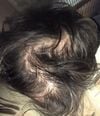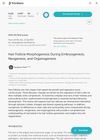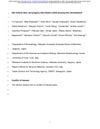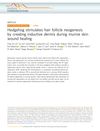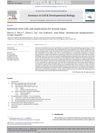Bacteria Induce Skin Regeneration via IL-1β Signaling
April 2021
in “
Journal of Investigative Dermatology
”
TRPA1 nociceptor cutaneous sensory neurons FOXM1 STAT3 Diabetic foot ulcers DFUs Wnt signaling lipid breakdown dermal adipocytes dipeptidyl peptidase 4 DPP4 extracellular matrix dermal fibrosis DPP4 inhibitors wound-induced hair neogenesis WIHN Twist 1 pathway epidermal-dermal interaction hair primordia formation Pitx1 keratinocyte migration keratinocyte proliferation IL-1β signaling stem cell markers bacterial counts topical broad-spectrum antibiotic dermal fat cells skin layer interaction hair root formation skin cell movement skin cell growth
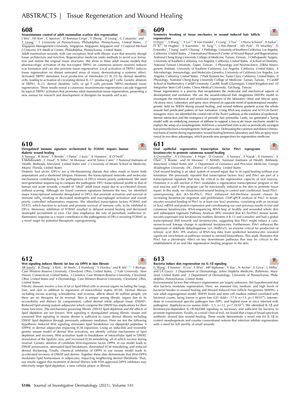
TLDR Bacteria can help skin regenerate through a process called IL-1β signaling.
The document presents several studies on tissue regeneration and wound healing. One study shows that the activation of the nociceptor TRPA1 on cutaneous sensory neurons in adult mice can reduce scar formation and promote tissue regeneration. Another study reveals that the transcription factors FOXM1 and STAT3, which activate and promote the survival of immune cells, are inhibited in Diabetic foot ulcers (DFUs), contributing to a poorly controlled inflammatory response and delayed wound healing. A third study demonstrates that Wnt signaling induces lipid breakdown in dermal adipocytes via dipeptidyl peptidase 4 (DPP4), impacting extracellular matrix expansion and dermal fibrosis. The study suggests that FDA-approved DPP4 inhibitors may effectively target lipid depletion in dermal fibrosis. Another study uses the wound-induced hair neogenesis (WIHN) model to investigate the mechanical and molecular responses of laboratory and African spiny mice, identifying the Twist 1 pathway as a mediator of epidermal-dermal interaction and hair primordia formation. A study on oral wound healing shows that the transcription factor Pitx1 enhances wound closure by increasing keratinocyte migration and proliferation, suggesting that Pitx1 might induce a cutaneous-to-oral lineage change in epidermal keratinocytes. Lastly, a study shows that bacteria can induce skin regeneration via IL-1ß signaling, with the highest levels of wound-induced hair follicle neogenesis (WIHN) and stem cell markers correlating with bacterial counts. A small clinical trial also found that a topical broad-spectrum antibiotic slowed skin wound healing.
